It seems -- and not through any overly zealous planning on my part -- that every year, without mistake for the last three of years or so, I end up spending time in ye olde town mentioned in the very title of this article. To wit: at the end of October 2018 I made a whole piece covering it; then in 2019 I took a break; and in September 2020 and then once again in June 2021 I ended up in the very same spot on the map, each time for very different business altogether. So in August 2022... well!
Brașov, the twenty-first century town, is quite accessible, you see, although it wasn't always this way. For the most part of its history, the settlement acted as a gateway between the Eastern world on one hand, that is Wallachia, under Ottoman influence, and the Western world on the other, that is, the historical region of Ardeal, under shifting (Hungarian, Habsburg, Ottoman, Austro-Hungarian) influences over the centuries. Very much like Sibiu, it was for the most part -- and like the fortifications surrounding it, such as Rupea, Hărman, Bod or Prejmer -- established by Saxons both as a marketplace and as a stronghold against the various forces pressuring the region from outside. From a purely geographical standpoint, Brașov lies within the inner corner of the Carpathian arc, right next to the road crossing the valley of Prahova. Its first set of fortifications is actually natural -- the mountain known as Tâmpa, whose peak at some point in its history (during Hunyadi's time) hosted a fortress called Brașovia. As for the town itself, it stood mainly because each major organization had to not only provide the technology required for civilized life -- weapon-making, cloth-weaving, letter-pressing, transportation and so on and so forth -- but they also had to take part in the business of defense through the operation of bastions. Back when the world worked, all the nice things -- schools, churches, literature, art! -- were made possible mainly through the will and from the overabundance of the powerful and the gestalt arising from the relatioships between them. Then, just as now, go figure!
The Brașov in 2022 consists mostly of well-preserved ruins of those times long gone, covered in a thick layer of post-civilization. On a first look, its main problem is that it is susceptible to the same network effects as every other urban setting in Romania. For one, it's a tourist trap, as many USians as well as Europeans from all corners have decided for some unexplainable reason that Romania is more interesting than their homelands; thusly they have proceeded to turn Brașov into a sort of smaller Paris, if you get my drift. As for the other, the outskirts are being filled with postmodern hruschebas as I'm writing these words, which not only puts pressure on traffic, but also stands to inflate housing prices1. On the flip side, this is also what makes Brașov so accessible: if you're looking for a decent place to stay today, you'll definitely find one. If you look more carefully, you're going to find a good one, and you don't even need to be too lucky to find an excellent place to rent starting tomorrow, you just need to look more carefully. Even moreso given that it only takes three hours to cross the mountain from Bucharest via train.
This time around, my old camera has gathered through its lens a few hundreds of raw photos and as I'm sifting through them to make a collection of coherent memories, I see that I couldn't possibly fit them within the confines of a single article. Thus I will follow the established tradition of posting a small selection thereof. In the benigning, I'ma upset my readers with some flowers:
followed by a couple of medieval texts from what the good folks there call the "first Romanian school":
In all fairness, they admit that it's the first documented school (there may have been others before it, only no one bothered to write about them), but at the same time they claim it to be the foremost, since among other things, it's given Romania the most members of the Academy. I'm entirely skeptical of the weight of this number, while on the other hand I don't think much of this Romanian Academy, on account of all the dinosaurs that populate it. Still, I have next to me a history book written by its current president, also a graduate of the Andrei Șaguna college in Brașov, so who knows, maybe I'll change my mind by the end of the day. Either way, I thoroughly enjoyed this first Romanian school, as it was plainly obvious that its curators put their hearts entirely into this project, a huge contrast from the sad types of education provided by today's tubes.
Moving on to the next museum, here we may observe a skewed perspective of Brașov's coat of arms:
Indeed, it's a tree wearing a crown. The Germans call it Kronstadt, 'member?
Above: a rulebook from the fifteenth century; followed by a baccalaureate diploma from the time of Carol the Priapist. To confirm, one needn't even look at the time this was issued, he can simply gaze at the king's face at the top.
Below: a very old Latin grammar book.
The Rathaus from Brașov also hosted a bunch of very nicely drawn caricatures of Romanian personalities, of which I will mention but the following:
The second guy is quite handsome, don't ya think?
Above: a selfie. Below: more or less sad memories from the latter years of Ceaușescu's communism.
Back in 1987 the Western press pointed fingers at the shoeman for his "megalomania", "nepotism" and "arrogance". Now tell me: almost forty years later, who's the megalomaniac, the nepotist and the arrogant? Who plays the moralist wolf while living in abject poverty, eh? The darn shoeman managed to get Romania's sovereign debt paid in full by his death, for all that was worth. What did today's pantsuits achieve by "sanctioning Putin"? If we're to discuss this ever again, you'll have to explain this behaviour of the good folks you voted for. 'Cause I sure as hell didn't, and I sure as hell ain't gonna eat anymore bullshit about how "the needs of the many outweigh the needs of the few", or however that went.
A few photos of Brașov taken from the Rathaus balcony:
Above: floral photobomb. Below: I swear, sometimes Brașov tries too much to be Bucharest.
Above: yet another picture of Tâmpa. Below: at the top of one of the walls of the Black Church, a statue of a kid who supposedly fell from that spot while the church was being built.
Speaking of the Black Church, one evening we went there to listen to an organ concert -- "Bach and more", they said. I'm really no expert when it comes to either the acoustic or the technical aspects pertaining to playing the organ, but I must say, I was positively impressed. I could hear much fewer weird harmonics compared to other church concerts that I've attended, especially since I suspect that maintaining those tubes must require a ton of work.
Above: signs of autumn, noisy. Below: various art works on walls.
Embarking further on this tour de l'histoire of Brașov, we went to the so-called house of the Mureșeni2, a family whose most notable member was Andrei, the guy who wrote the lyrics to Romania's hymn, initially titled "Un răsunet". Below lies a photo of the original manuscript:
By the way, the first Romanian school mentioned above hosted Anton Pann/George Ucenescu's song, as both of them were singing at the local Orthodox Church in Șchei when they wrote it. Overall, the entirety of this composition speaks of the youth of the nation of Romania at the time: you can find the text written down in both Cyrillic and Latin alphabets, while the song was written down in both Byzantine and Western musical notation systems. The manuscript uses "Latin" letters -- that is, with plenty of diacritics -- which clearly reflects the transition that the Romanian word was undergoing in the nineteenth century.
So if language naturally evolves towards simplification, tell me: why did the aforementioned Romanian Academy insist that "croiesceti" above is to be written "croiește-ți"? What else am I to get from this change, other than sheer, overflowing idiocy?
Anyways, below: a photo of the small alley behind the walls; followed by various devices used to store and play music.
At another museum in town they keep an old loom that uses a similar data storage mechanism to the one in the first photo, that is, a punched card -- just in case you thought "computer programming" is somehow an exclusivist activity.
Continuing our journey through the county of Brașov, we arrive at Rupea:
Above: the sky seen from Rupea, at sunset. Below: the sky seen from somewhere else, in the not-so-early afternoon.
Further below: a photo of the writer Ștefan Baciu in the Mele magazine.
The weird thing about Ștefan Baciu isn't that he defected when the communists came to power; nor that he defected to Central America, of all places. The weird thing is that he then became friends with Che Guevara and Fidel, which makes me wonder if he wouldn't have made great friends with Dej or Ceaușescu as well. There's something I must be missing here.
Further further below: another mural piece, followed by yet another flowery flower.
At the end I shall recount an event that I've witnessed at Fan Courier3, the Brașov office. The woman struggled to get ahold of a package that she ordered about a month ago and since we were leaving Bucharest, she redirected it to Brașov. Leaving aside the whole bureaucracy involved, and leaving aside that they somehow noted down in "the digital system" that hey had contacted her, although no such thing happened, and also leaving aside the fact that she had to call them to tell them that we're going to go and pick the damn package by ourselves -- leaving aside all that:
When we arrived there, there was a long queue that reminded me roughly of the time wasted at ye olde post office when trying to pick something up back in the old days. That aside, inside there was an angry citizen who complained about some envelope that he hadn't received, and he was desperate to get it, so desperate that he offered to help search for it. The dude literally jumped the counter and he went to the back room, at which point some other guy told him very nicely to get the fuck out. So he got back to the other side of the counter, still complaining, but otherwise not really agressive; at which point an angry security guard suddenly entered the room and grabbed the guy, kicking him out and in the process smashing his head against the door. Bravo, Fan Courier Brașov! you've provided some really neat entertainment and caused some kids to cry in fear in the process, great social contract you've got going on there! Now please, tell me again how socialist practices are only enforced by the state and how "capitalism" is to blame when I'm paying for a service that is performed shittly, without any chance of recourse; tell me again about the great choices of free markets, where the alternative is at best just as shitty; tell me more about the great "progress" and "civilization" that you so impudently supported these three decades. Tell me more, sta-v-ar în gât să vă steie.
To sum this up: nah, Brașov is just as fucked up as the rest of 'em. Otherwise: neat views and pretty ruins.
-
In case you're wondering, yes, I've looked and yes, I've contemplated moving.
Maybe I'm just nostalgic -- the ups and downs of small mountain towns such as Brașov very much remind me of Lausanne. And there's also the fact that you can breathe in the summer without the need of an AC, and that almost any spot in town is accessible by foot and furthermore that some places (in this case, Tâmpa) are only accessible by foot. Were I also younger, I would naïvely add that Brașovians are less fucked in the head than Bucharestians, but really, you'll find all sorts of folks wherever you go. It's just that in Bucharest you're more likely to stumble upon the average kind. ↩
-
Taking yet another quick detour through Romanian morphology: the "-eni" suffix isn't so different from "-ești", only I suspect it's more common in Transylvania than in the other historical regions. "Mureșeni"/"Mureșanu" is constructed in the very same way as "Mogoșeni"/"Mogoșanu", only the former name is directly related to the toponym "Mureș", both a river flowing through Ardeal and one of its counties. ↩
-
Romanian delivery service. ↩
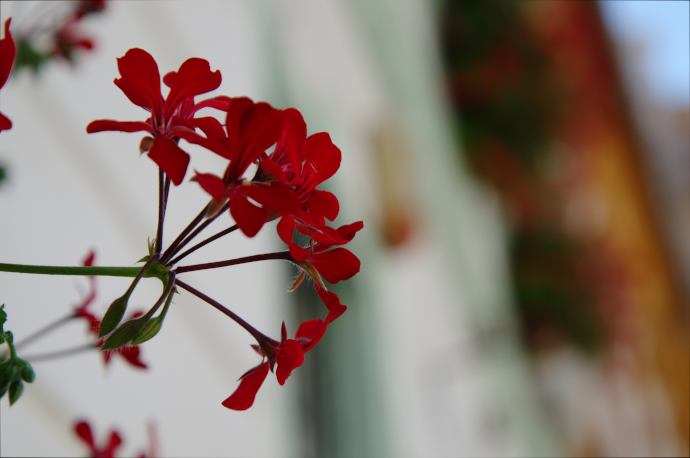
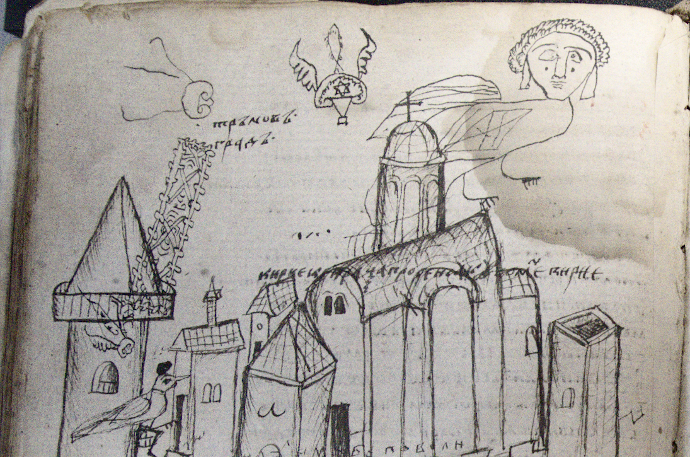
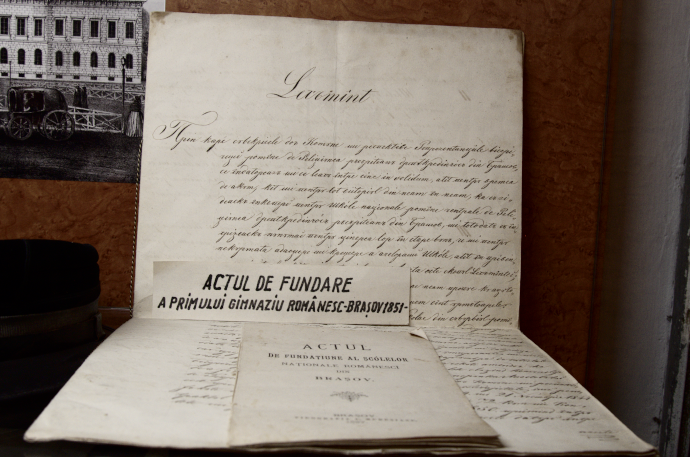
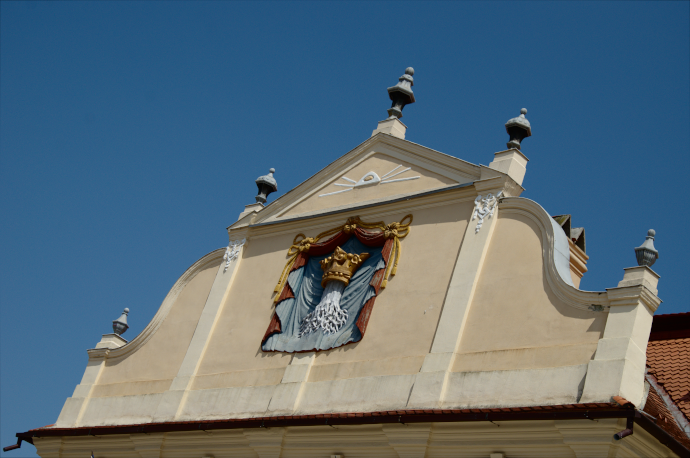
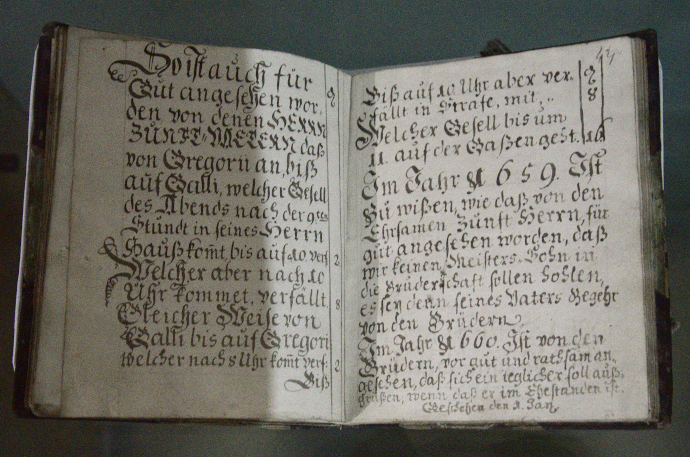
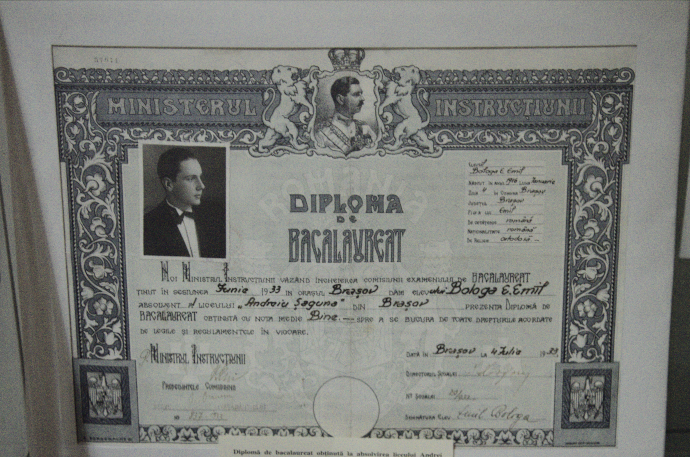
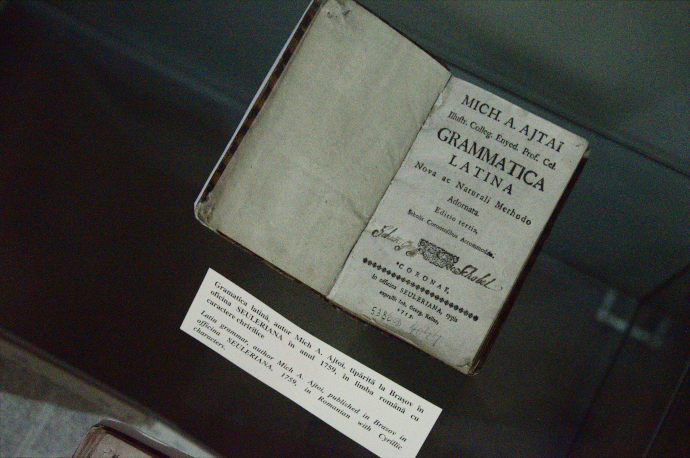
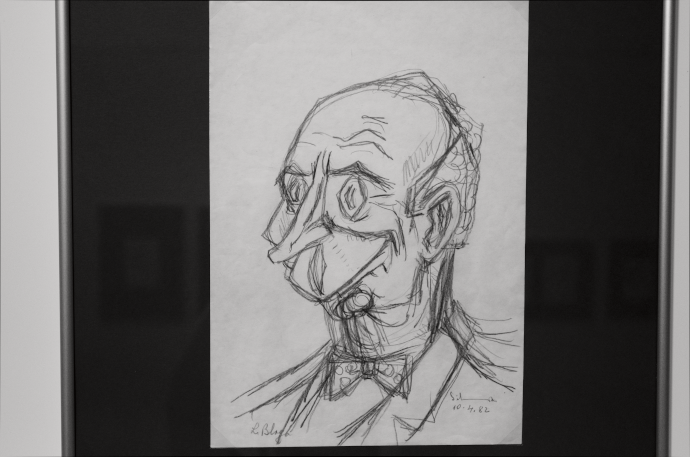
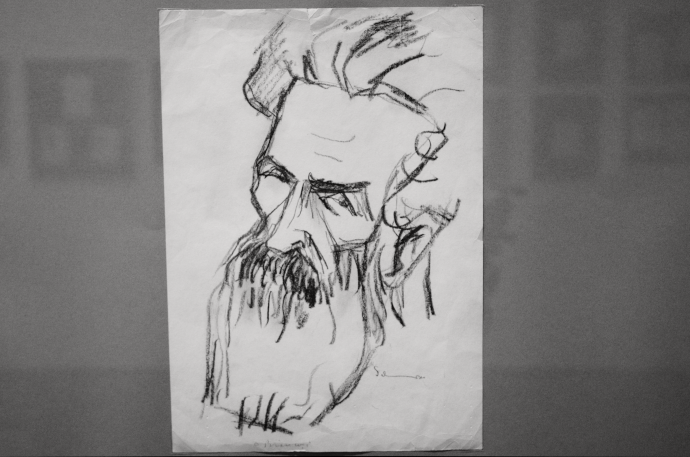
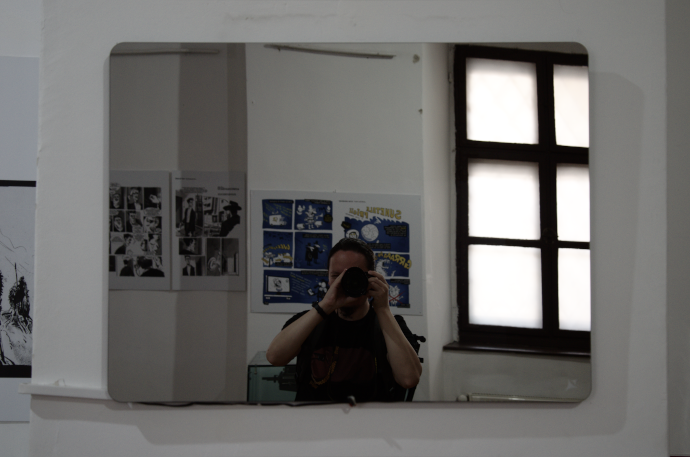
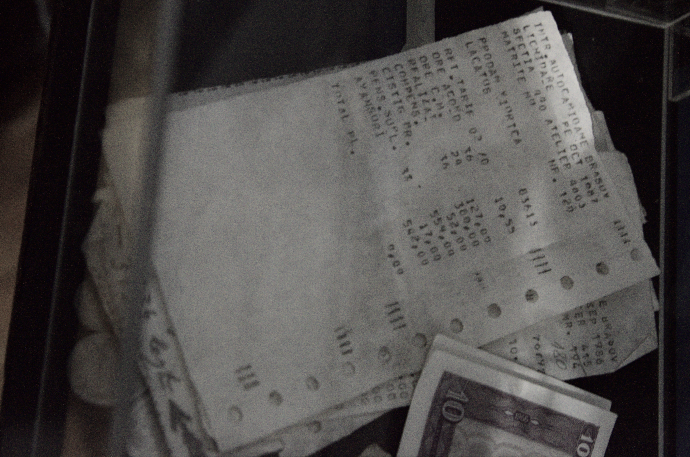
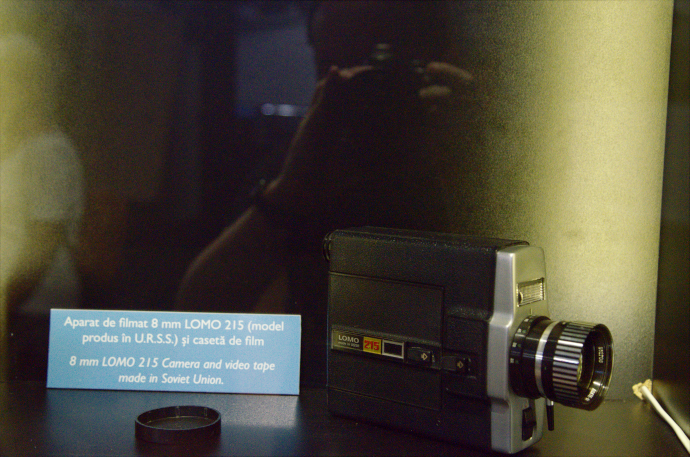
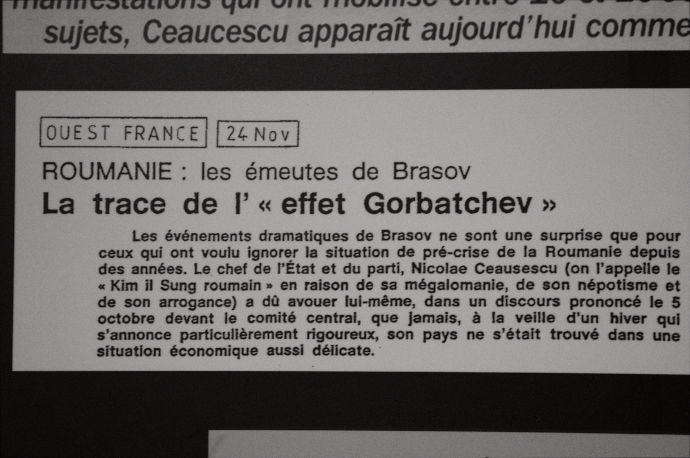
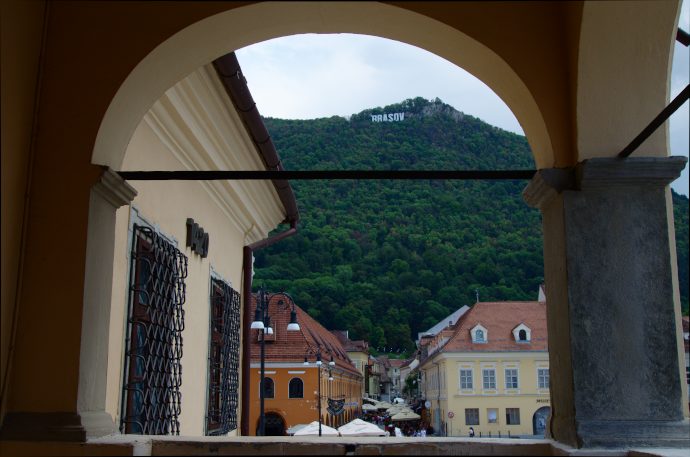
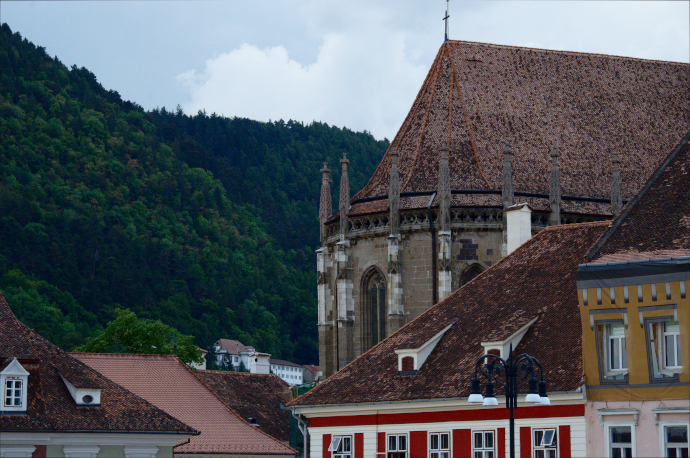
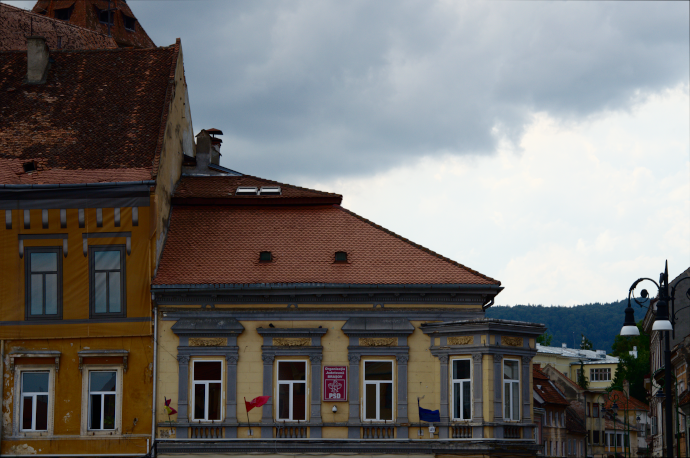
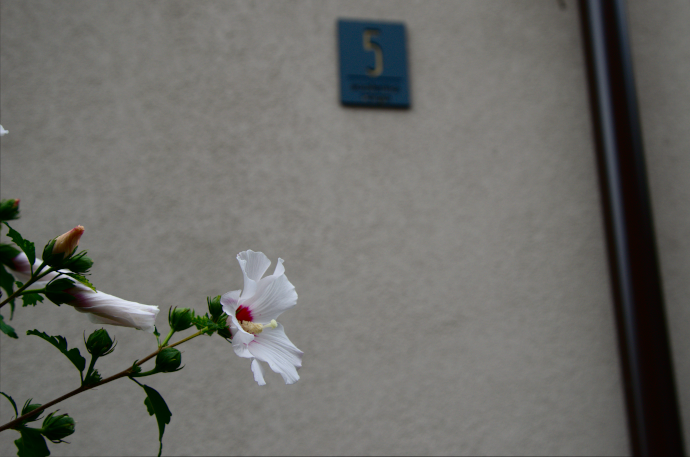
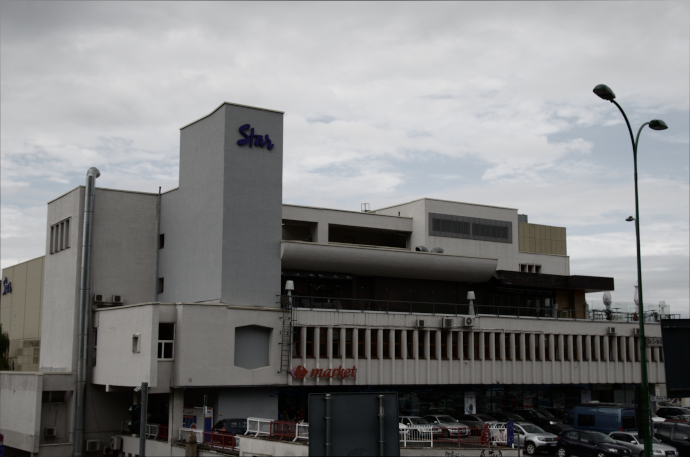
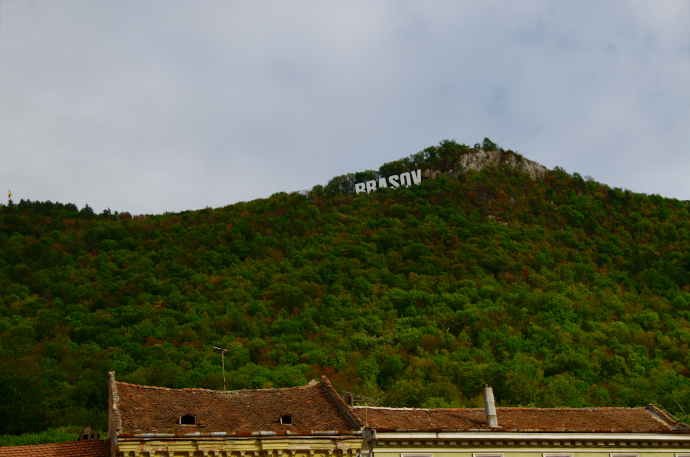
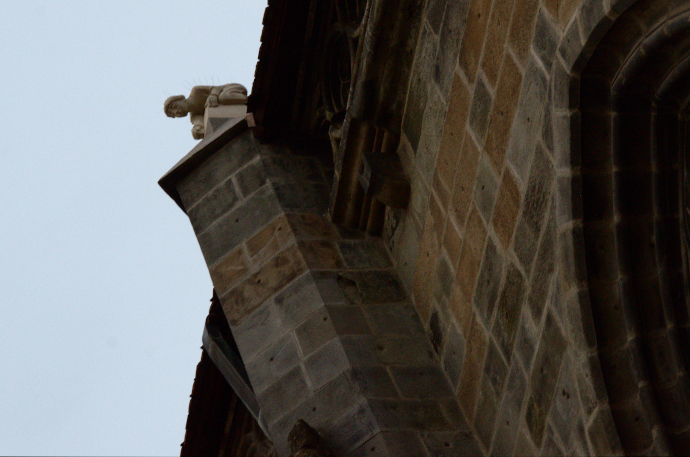
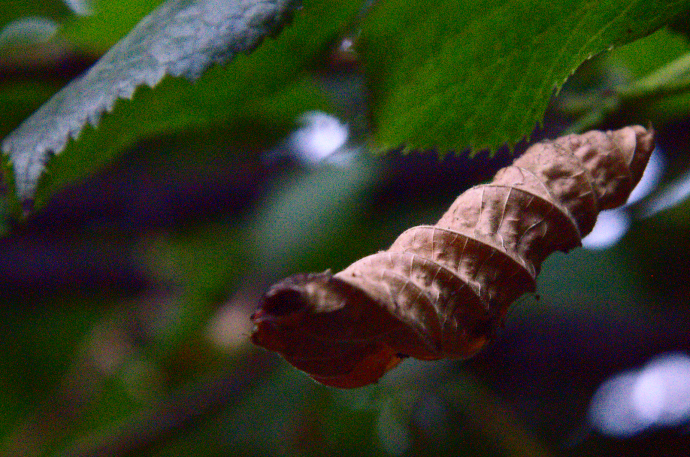
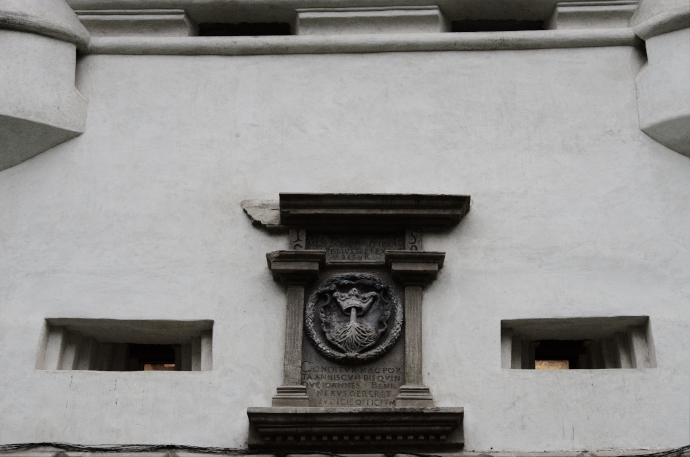
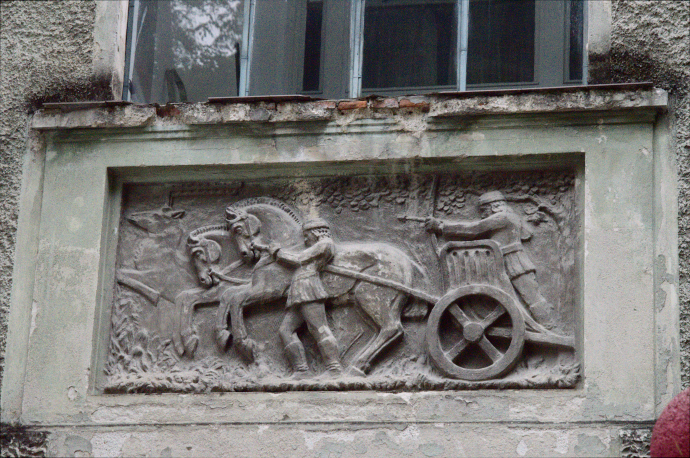
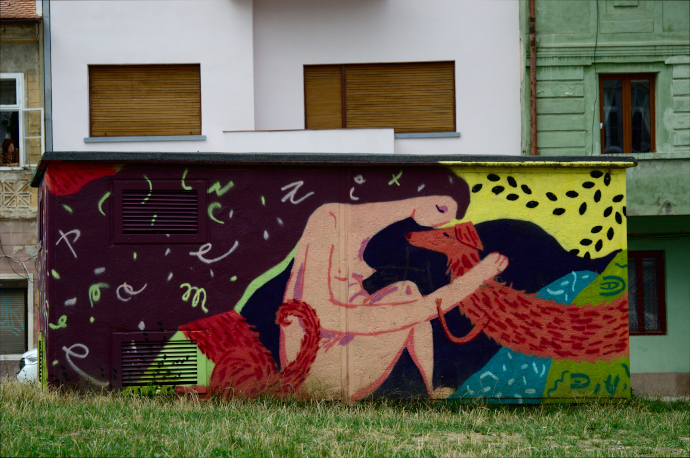
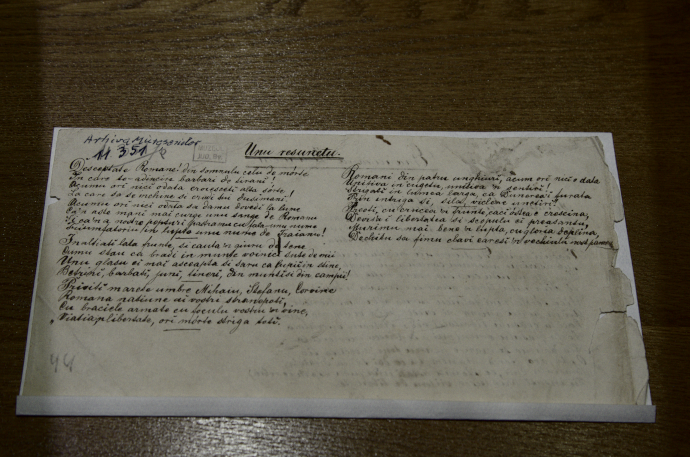
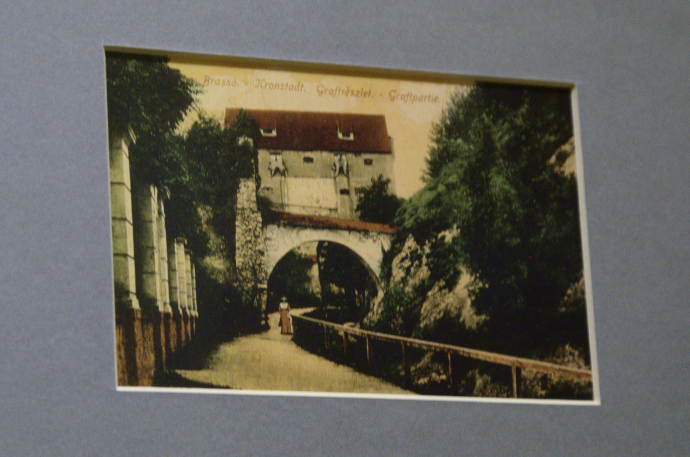
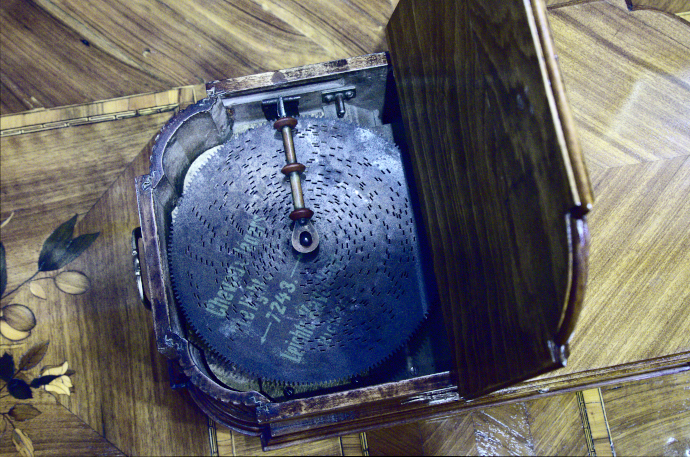
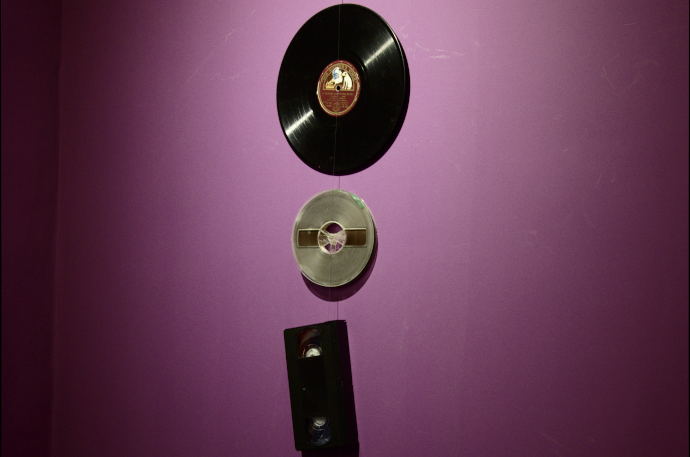
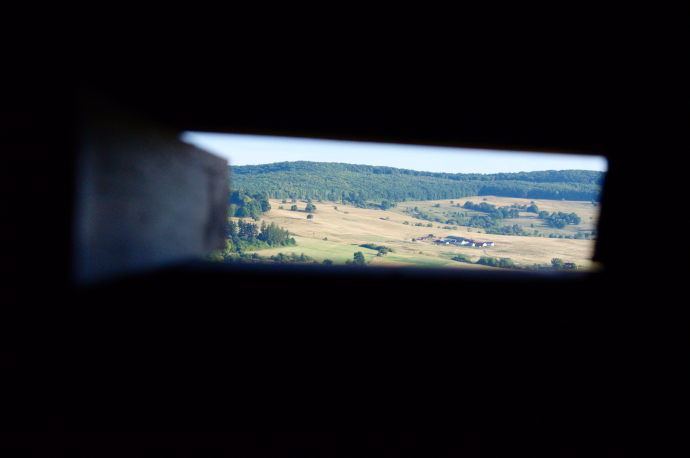
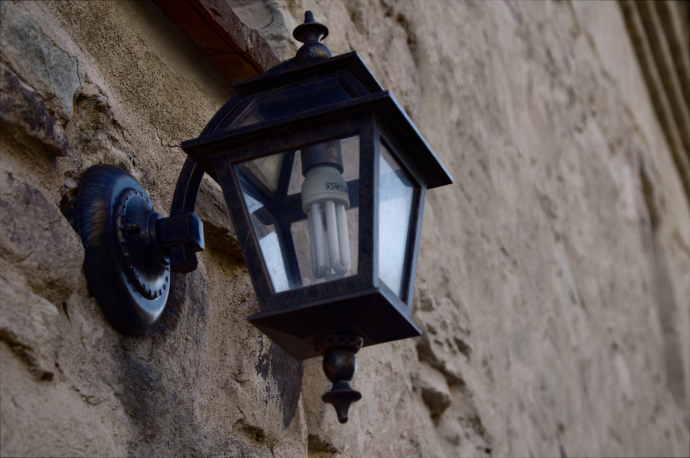
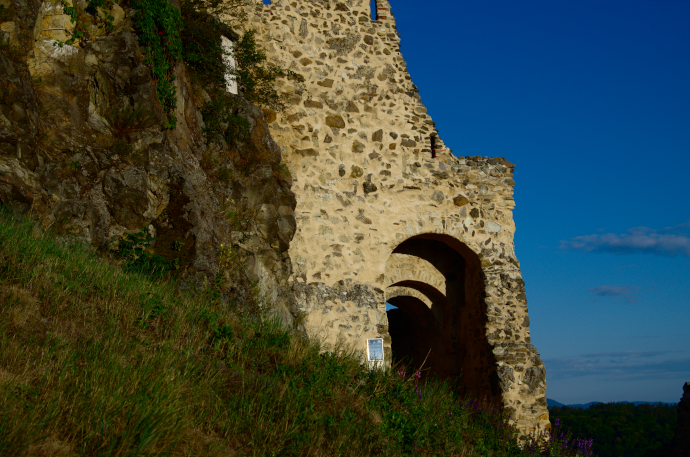
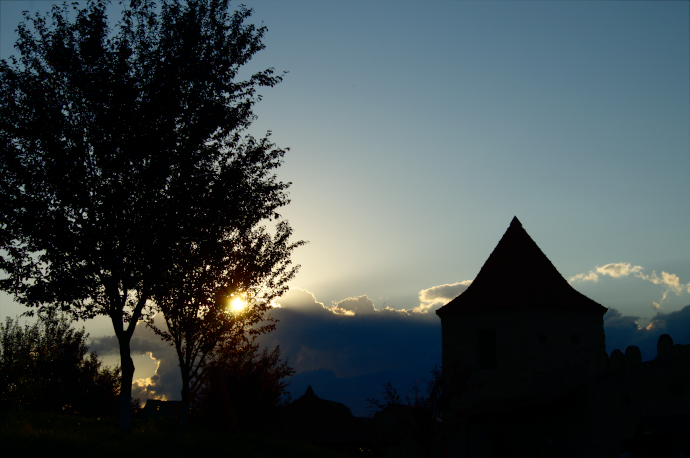
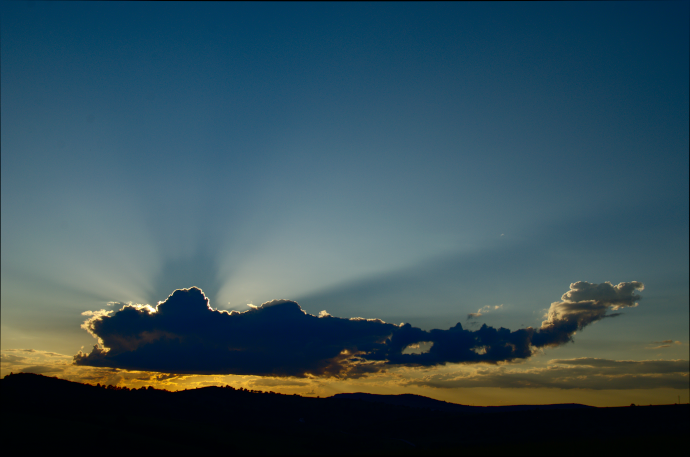
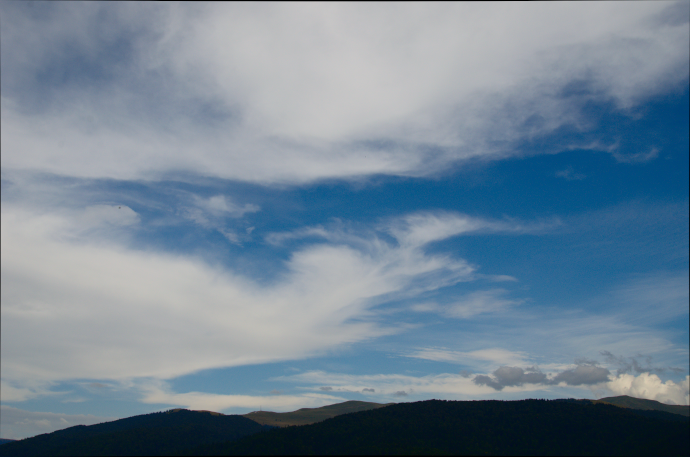
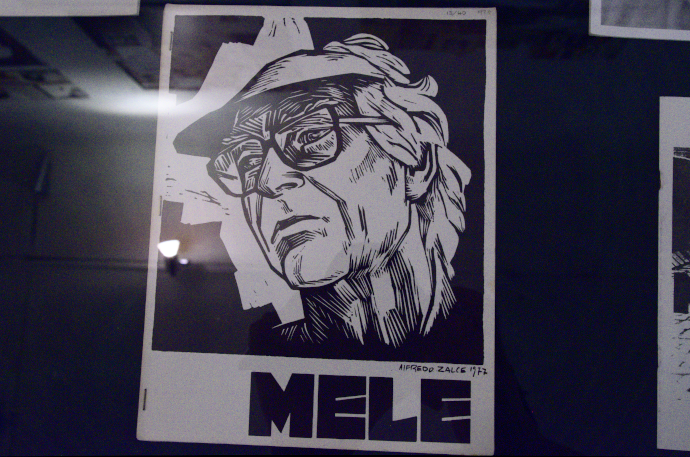
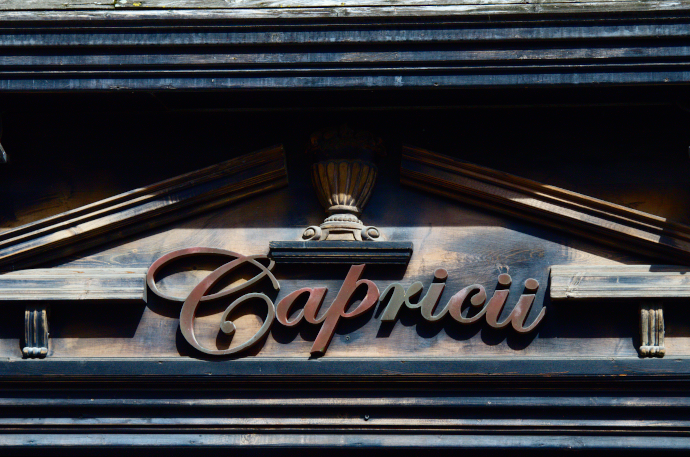
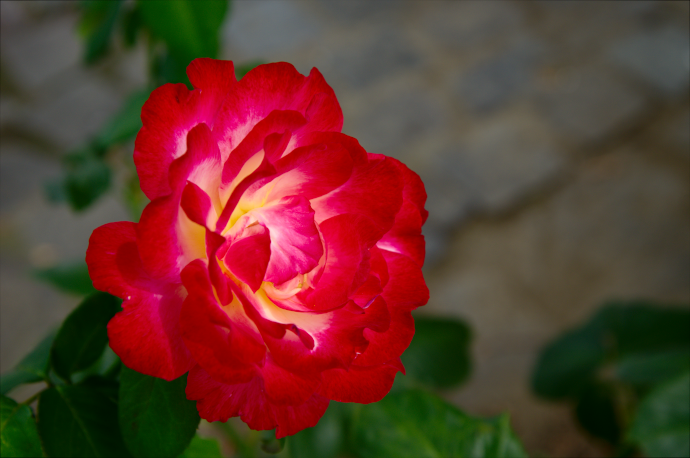
I dunno, me, I don't see nothin' wrong with that last incident. "Fuck around and find out" is a universal natural law that transcends ideologies. A commie regime would say that a subversive counterrevolutionary element was put down, while a lolbertarian would cheer at Hoppe's principle of #PhysicalRemoval being applied :D
In yet another honest interpretation of #justthefacts: the security guard, a young, well-built "smardoi", was hungry for a round of punchin', but all he got was a loud dork who wouldn't even show the faintest sign of resistance when he saw it coming*.
But wait, there's more! Just a couple of minutes later, yet another security guy showed up -- "the emergency team" -- asking the counter ladies why they didn't press the panic button. The counter ladies -- complained that they did in fact press the panic button, but no panic was registered over at Centre, so by the time we left, they were all spending quality time at the phone with Centre to test 'em panics.
But w-w-wait, there's even more! Not a moment after #PhysicalRemoval occured, scared moms were all outraged at the show of violence that their children were being subjected to, and that Centre should put up a sign: no children allowed -- #wontsomebodythinkofthechildren!
That's the sad state of the social contract, and I'm afraid it can only go downhill from here.
*: That said, I can only hope that the dork in question shows enough balls to sue the "security" company. But I'm not holding my breath.
[...] Brașov, then part of the Austrian Empire. Let us remember whose man Caragea was. ↩ [...]
[...] musical notation -- by which I necessarily mean the Western variety, since even Ucenescu had started rearranging Byzantine songs in this form as late as the nineteenth century -- is as [...]
[...] Transylvania was pushing written Romanian through its Orthodox Church, Northern Moldavia, however more Christian Orthodox, managed to publish this Lepturarium all the [...]
[...] the idiomatic naming, Bușteni doesn't denote any sort of family name, in fact it's simply the plural of "buștean", [...]
[...] burgers known as Mishi, and to lovely rural communities such as Buchdapesti, Clue Jay, Sucheesy, Brashovi or Mamma [...]